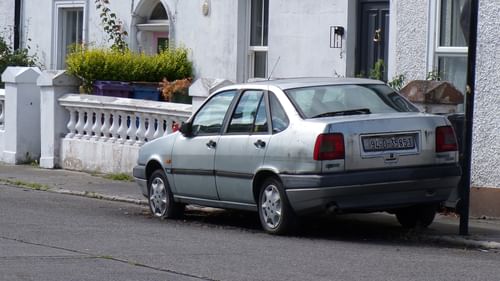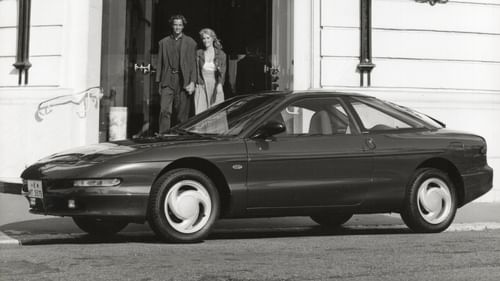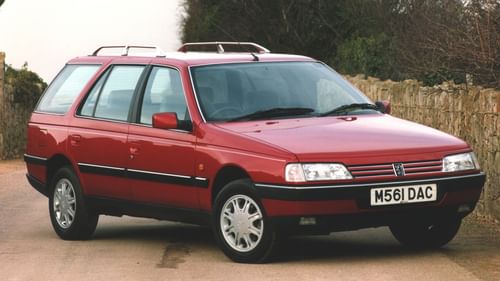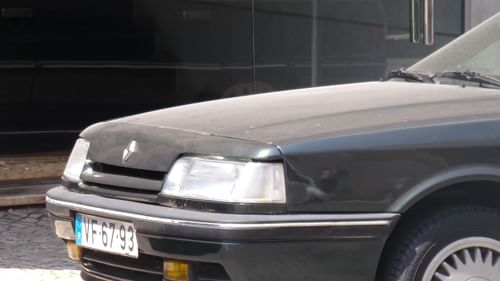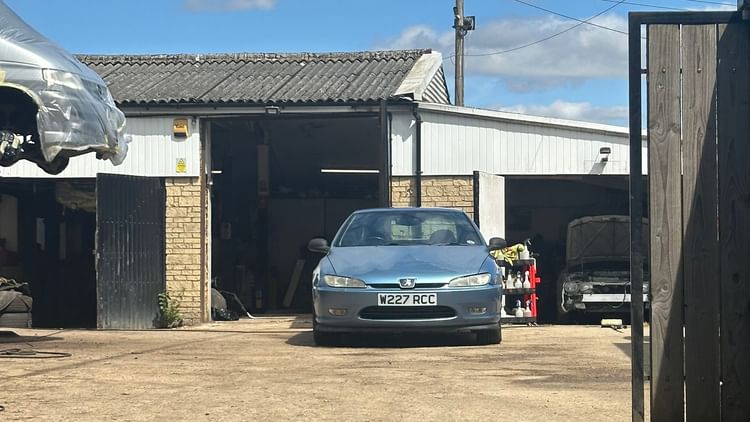
The Peugeot 406 Coupé is back. After a few days of R&R at Rustec in Wiltshire, it's returned with its nether regions looking better than they have in years – clean, protected and ready to face the British winter and the temperate rainforest that envelopes Petrolblog HQ. And I'm extremely pleased with the results, so much so that I wanted to dig into what actually goes into proper underbody rust protection, using the treatment my car received as a guide.
If you’ve ever crawled under a car in winter, you’ll know it’s a mess under there. Salt, grit, wet leaves, the remains of a long-dead pheasant – it’s no place for the faint-hearted or the ferrous. Left unchecked, the underside becomes a breeding ground for corrosion, especially on Petrolbloggy cars. But that’s where companies like Rustec come in.
Here’s how it tackled mine – and what it can do for yours.
Step 1: The cleanse
Every rust-proofing session starts with a full underbody inspection. Rustec’s team look for damage, corrosion and structural issues. Once they’re happy (and once the undertrays and arch liners are off), they give the underside the kind of clean you’d never attempt on your own drive – think high-powered steam, not a quick squirt with a garden hose. The goal? Strip away the grime of years to get to the bare bones.
Step 2: Mask and strip
With everything dry, they go to work protecting the sensitive bits: engine, gearbox, brakes, exhaust all masked off like they’re prepping for paint. Then comes the gritty bit: out come the pneumatic needle scalers and wire brushes to scrape back any surface rust, revealing proper clean steel. It’s noisy, it’s dirty and it’s absolutely vital.
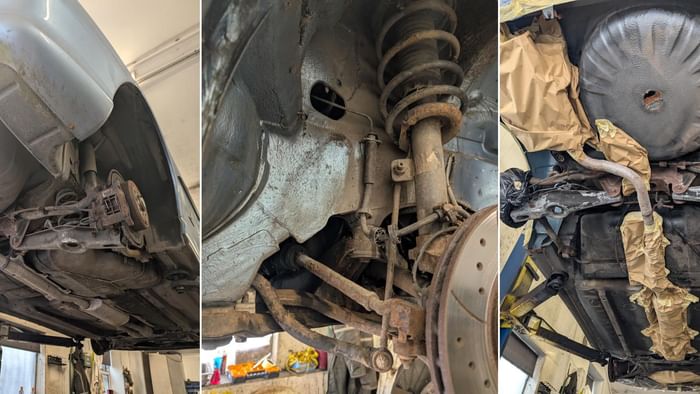
Step 3: Chemistry set
Once the metal is exposed, they apply a corrosion neutraliser. This isn’t snake oil; it’s a chemical agent that converts any leftover rust into a stable compound. That means it won’t spread like a rash under your shiny new underseal. It’s a bit like stopping a small leak before it becomes a flood.
Step 4: The hidden bits
Here’s where it gets serious. Rust doesn’t just live on the surface; it starts in the places you can’t see. Box sections, sills, seams – those awkward bits that collect moisture and quietly rot from the inside out. Rustec uses high-pressure tools to inject cavity wax deep into those areas. It’s like giving your car a tetanus jab.
Step 5: The shield
Next up: the external armour. Rustec uses Dinitrol’s 4941 underbody coating: a black, self-healing protective layer that resists moisture, salt and road debris. It doesn’t just work; it looks good too. My 406 came back looking like it had been factory-fresh underneath. If Peugeot had done this from new, half the Coupés wouldn’t have crumbled by now.
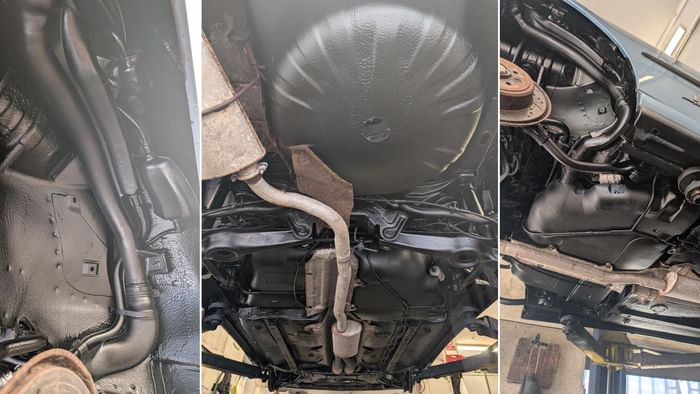
Step 6: Button it up
With the coating cured, it’s all reassembled – undertrays, liners, the lot – and followed up with a final inspection and a wash. You also get a full photo gallery of the process (great for your car's service history folder), a certificate and a booklet explaining what’s been done. I think Rustec should produce a window sticker to say the work has been done, but maybe that's just me (hint hint).
A rust-free future?
The beauty of Rustec’s process is that it doesn’t end with the job. Annual inspections and free touch-ups are included (materials excluded), so it’s not a case of ‘one and done’. It’s long-term care, the kind of commitment usually reserved for vintage Jaguars and rescue dogs.
So, if you’re running a classic, a cherished daily or even just a car you like too much to see dissolve, proper underbody treatment is well worth considering. I know the 406 Coupé’s isn't exactly exotic, but it deserves saving – and thanks to Rustec, it now stands a fighting chance against another decade of damp British roads.
Want to give your car the same treatment? Let someone else crawl under it this time. Your knees (and your arches) will thank you.
Disclosure: Rustec didn’t ask for this post, and there was no expectation of coverage – but the team did carry out the treatment free of charge. I’m writing about it simply because I’m very happy with the results and think it’s worth sharing.
